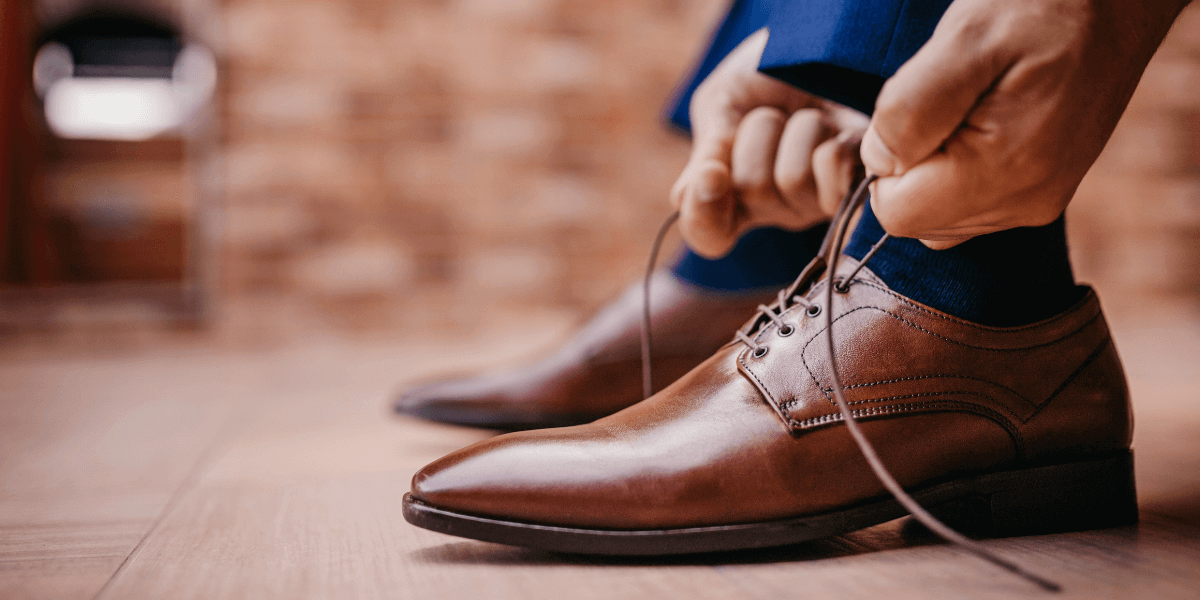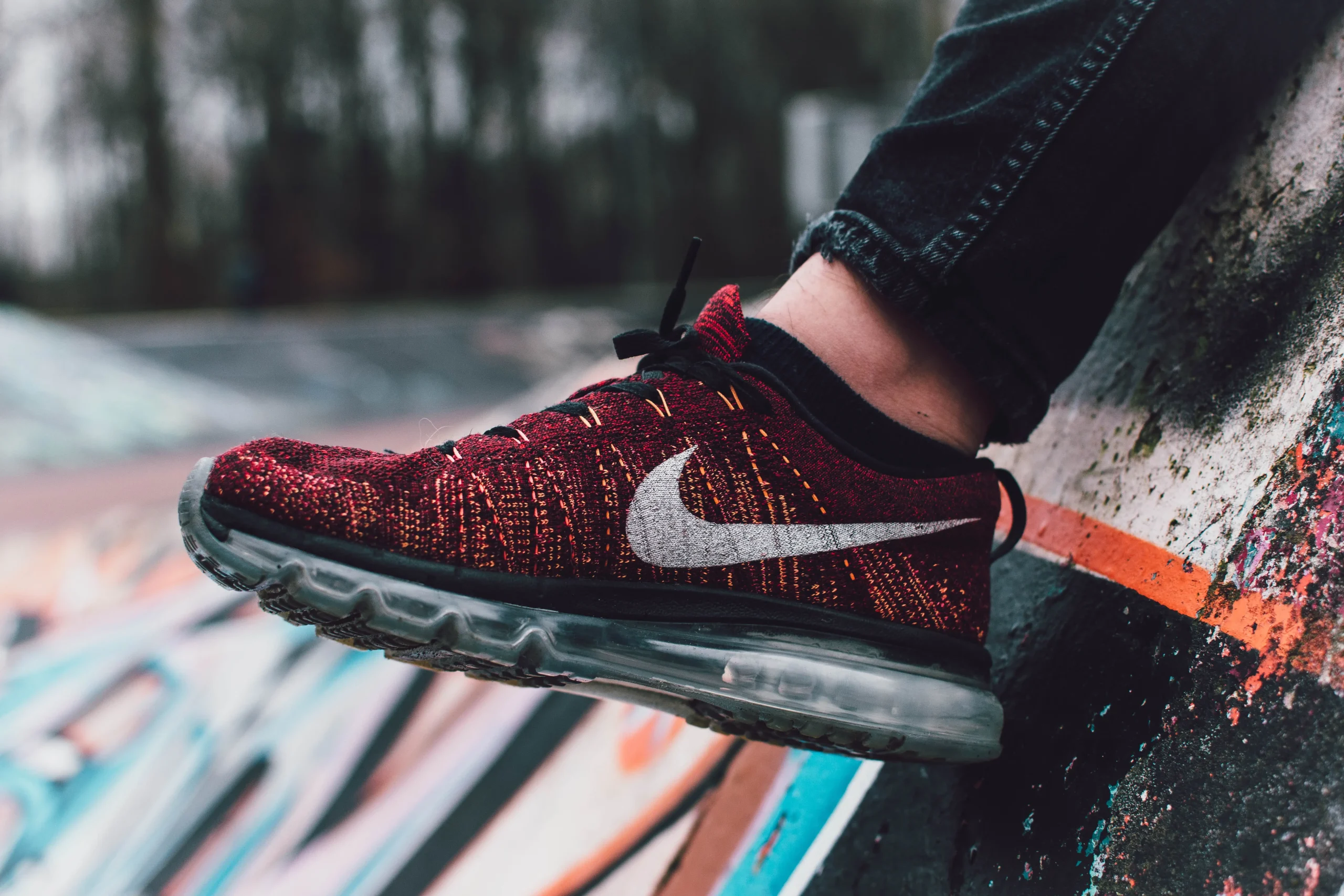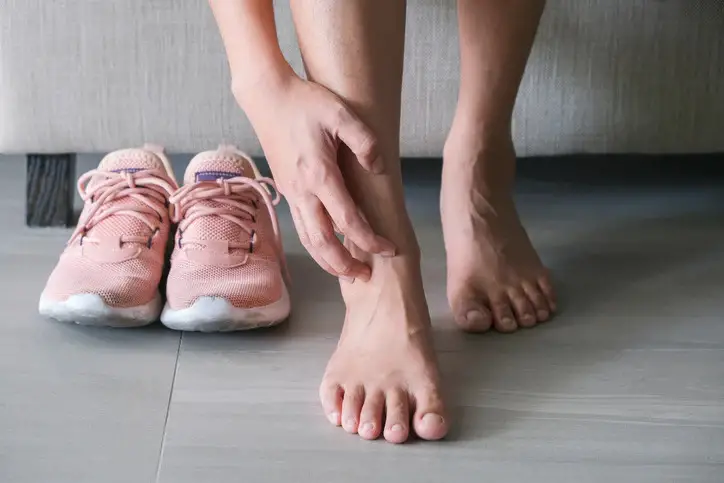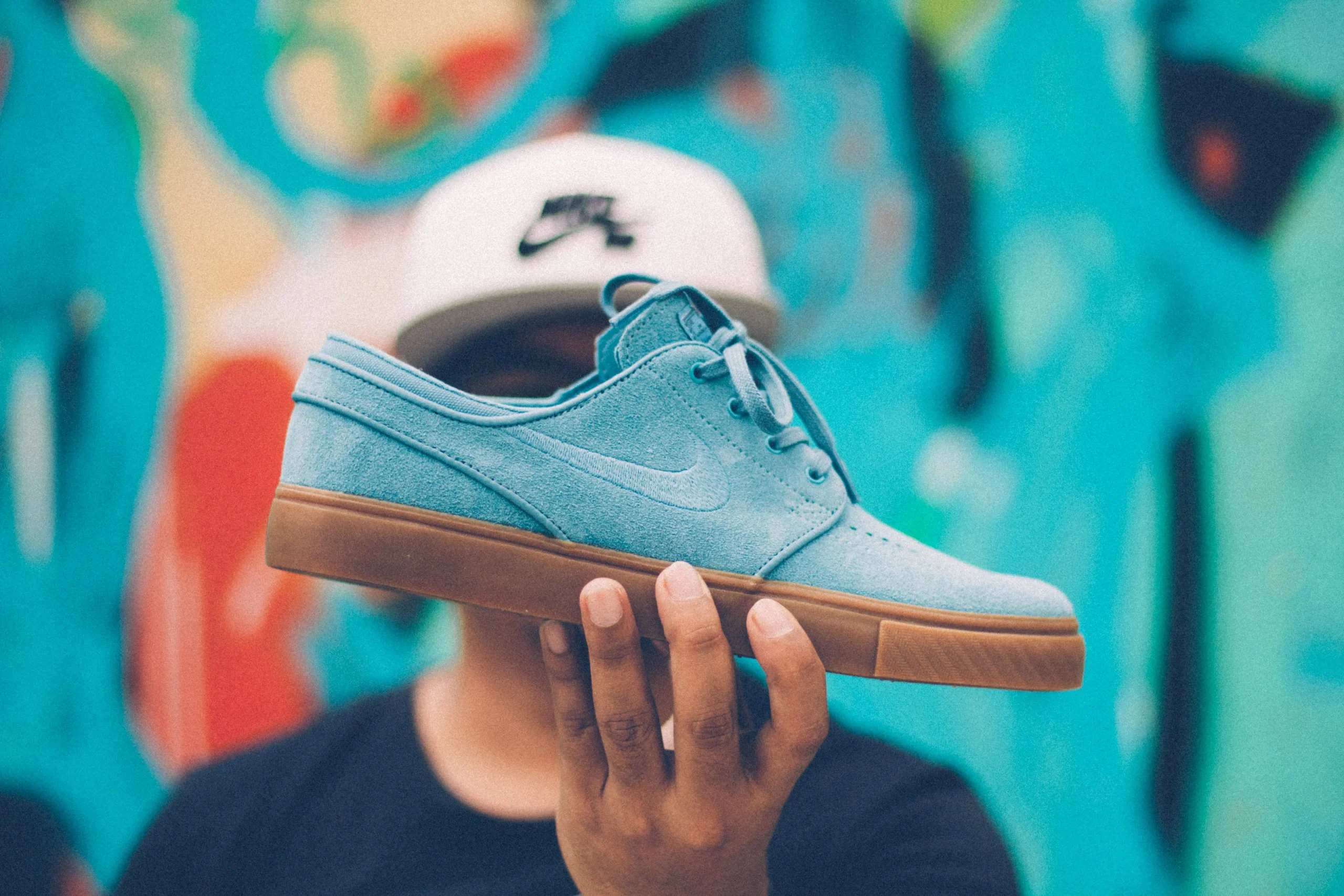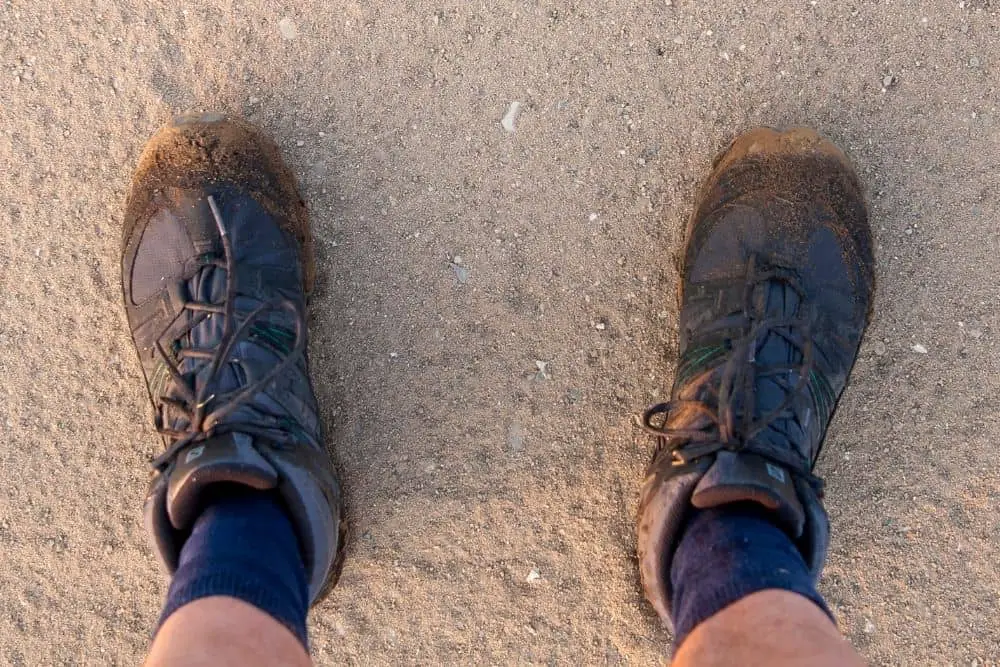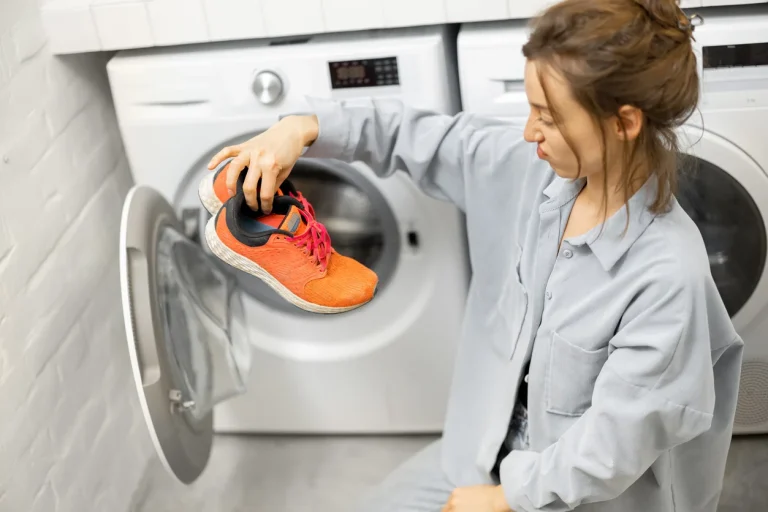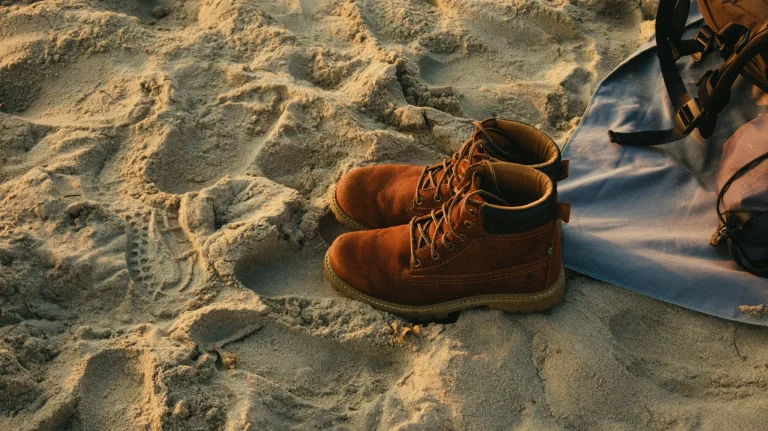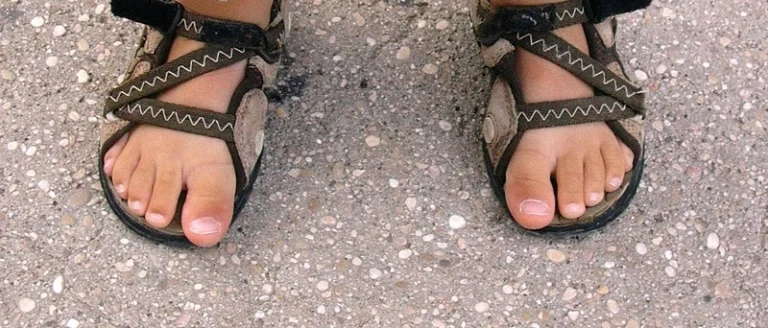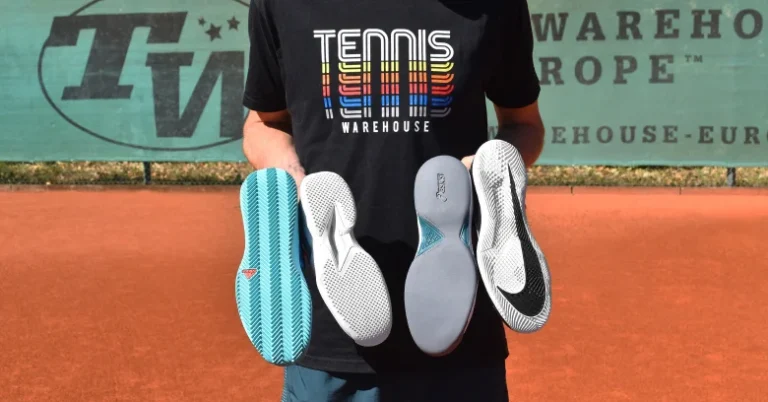How To Make Shoe Heels Softer?
Introduction of this article:
Comfortable shoes are a staple in our daily lives, providing support and style. However, there’s nothing worse than slipping on a beautiful pair of shoes only to discover that the heels are unbearably stiff and uncomfortable. The good news is that you don’t have to resign yourself to enduring discomfort. There are several effective methods to make shoe heels softer, allowing you to enjoy both fashion and comfort.
The purpose of this article is to guide you through various techniques and tips that will help you transform rigid shoe heels into plush, cushioned companions for your feet. We will explore different materials and their impact on comfort, as well as practical methods and DIY approaches to soften shoe heels. Whether you have just purchased a pair of heels that need some breaking in or want to revive an old favorite, this article will provide you with the knowledge to make your shoe heels softer and more enjoyable to wear.

So, if you’re ready to bid farewell to sore feet and embrace blissful comfort, let’s delve into the world of making shoe heels softer and discover the secrets to transforming your footwear into a haven for your feet.
Understanding the Problem:
To effectively make shoe heels softer, it’s crucial to understand the common issues associated with stiff heels and the impact they can have on your overall comfort and foot health. By gaining a deeper understanding of the problem, you can make informed decisions about the solutions that will work best for you.
Stiff shoe heels can cause a range of discomforts, such as blisters, calluses, and even pain in the feet, ankles, or knees. When the heels lack flexibility and cushioning, they fail to absorb the impact of each step, leading to increased pressure on your feet. This can result in fatigue, soreness, and an overall unpleasant walking experience.

Additionally, stiff shoe heels can restrict the natural movement of your feet, affecting your gait and potentially leading to alignment issues. Prolonged wear of uncomfortable shoe heels may even contribute to more serious foot conditions, including plantar fasciitis or Achilles tendonitis.
By recognizing the impact of stiff shoe heels on your foot comfort and health, you can prioritize finding effective solutions to soften them. The following sections will explore different techniques and methods that will help you achieve softer, more comfortable shoe heels, allowing you to walk with ease and confidence.
Read More: How To Clean Bowling Shoes?
Read More: How Long Does It Take Shoes From Goat To Arrive?
Assessing the Shoe Heel Material:
One of the key factors in making shoe heels softer is understanding the material they are made of. Different materials have varying levels of flexibility and responsiveness, which directly impact comfort. By assessing the shoe heel material, you can determine the most suitable approaches to soften them effectively.
Start by identifying the material used in your shoe heels. Common materials include leather, synthetic materials like rubber or plastic, and composite materials. Each material has its own characteristics and may require specific techniques for softening.
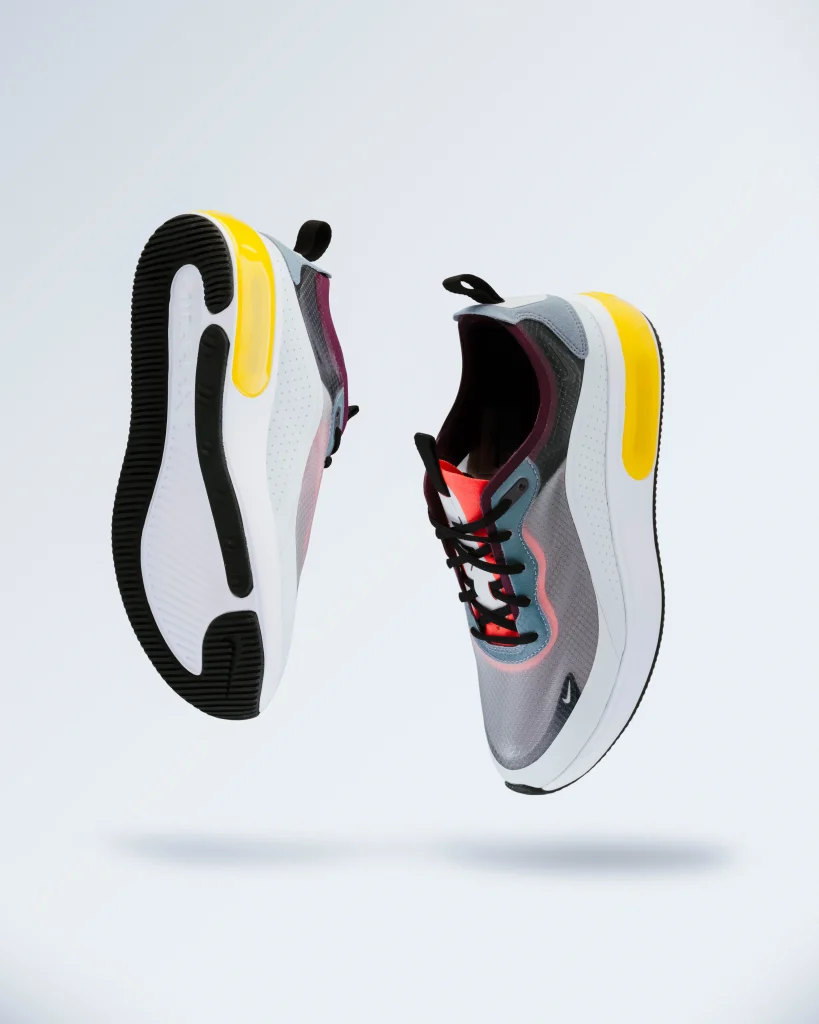
Leather heels, for example, can often be softened using conditioning agents that nourish and moisturize the leather, increasing its flexibility. On the other hand, synthetic or composite materials may require different approaches, such as heat or padding, to achieve the desired softness.
By understanding the characteristics of the shoe heel material, you can make informed decisions about the methods and products that will be most effective in making them softer. The following sections will explore various techniques and solutions tailored to different materials, ensuring that you can choose the approach that best suits your specific shoe heels.
Methods to Make Shoe Heels Softer:
When it comes to making shoe heels softer, there are several effective methods you can employ. These techniques are designed to enhance comfort and alleviate the stiffness of your heels, allowing for a more pleasant wearing experience. Explore the following approaches and find the ones that work best for you:
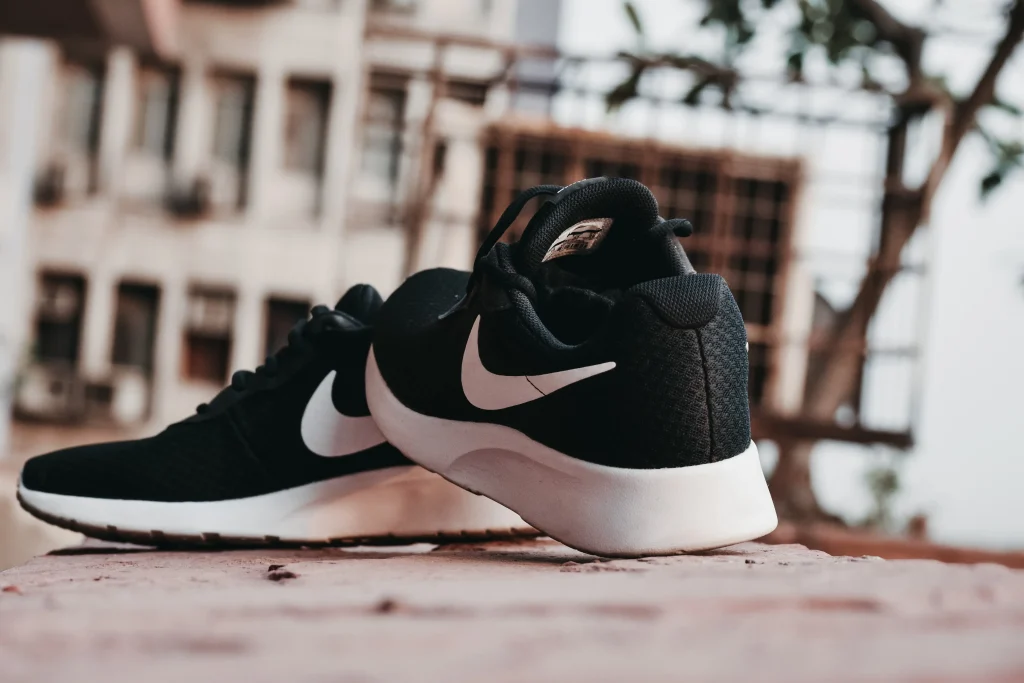
Using shoe inserts
Shoe inserts, such as gel heel inserts, foam or cushioned insoles, and orthotic inserts, can provide additional padding and support to soften the impact on your heels. They help distribute pressure more evenly, reducing discomfort and promoting a softer feel.
Applying padding or cushioning
Add heel grips or liners to your shoes to create a layer of cushioning between your heels and the shoe material. Adhesive moleskin or felt pads can also be attached to the inside of the heels to provide extra comfort and reduce friction.
Stretching the shoe heels
If your shoe heels are too tight or rigid, stretching them can improve their flexibility. You can use a shoe stretcher specifically designed for heels or try wear thick padded socks and heating the heels with a hairdryer to gently stretch them.
Professional shoe repair options
Consider visiting a professional cobbler or shoe repair service. They can replace the existing heel with a softer material or add extra padding or cushioning to make the heels more comfortable. This option is particularly useful if you have valuable or high-quality shoes that require expert attention.
Remember to choose the methods that align with the material of your shoe heels and the level of softness you desire. Experiment with different techniques to find the most effective solution for your specific footwear, and enjoy the newfound comfort of your softer shoe heels.
Related To: How To Stop Shoes From Gapping On The Sides?
DIY Techniques for Softening leather Shoes Heels:
If you prefer a do-it-yourself approach to make your shoe heels softer, there are several effective techniques you can try. These DIY methods are simple, cost-effective, and can be done using common household items. Explore the following techniques to soften your shoe heels:
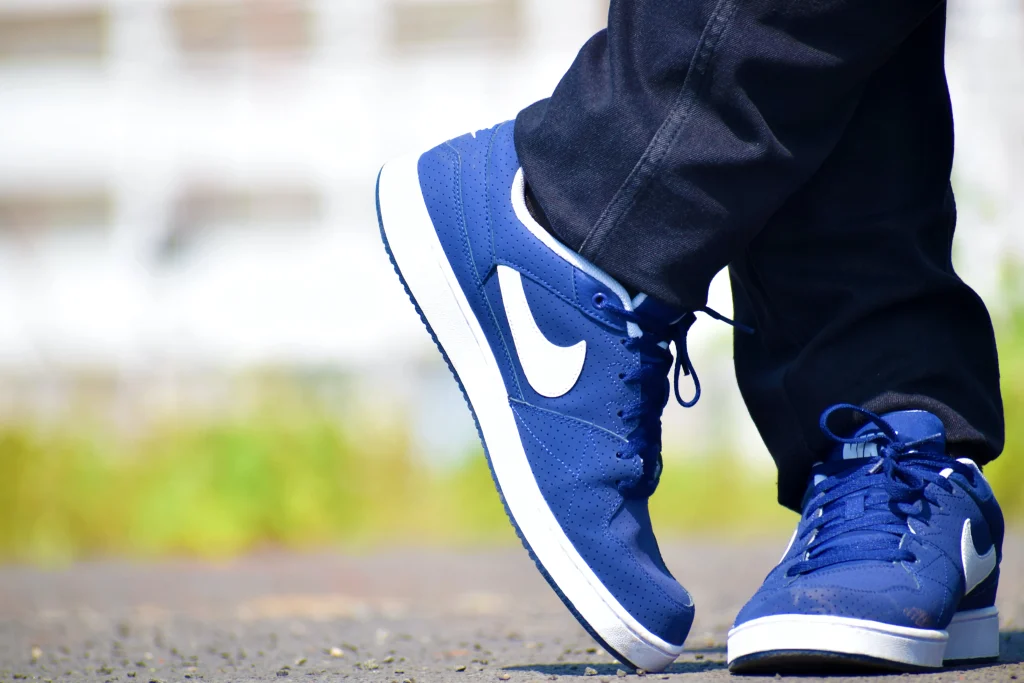
Using heat and moisture
Heat and moisture can help relax the shoe heel material, making it more pliable and comfortable. One method is to use a steam treatment by holding the shoe heels over a steaming kettle or using a handheld garment steamer. Another option is to soak a pair of thick socks in warm water, wring out the excess, and wear them with the shoes for a few hours to gently soften the material.
Understanding the benefits of leather conditioners
Leather conditioners are specially formulated products designed to nourish and moisturize leather, making it more supple and flexible.
Choosing the right leather conditioner
Look for an oil-based leather conditioner or a specific soften stiff leather shoes agent. Read the instructions and ensure it is suitable for use on shoe heels.
Preparing the shoe heels
Clean the shoe heels to remove any dirt or debris. Use a soft cloth or brush to gently wipe them down.
Applying the conditioner
Follow the instructions on the product and apply a small amount of the conditioner onto a clean cloth. Rub the conditioner into the leather in circular motions, focusing on the heel area. Ensure you cover the entire surface evenly.
Allowing absorption
Let the conditioner sit on the shoe heels for the recommended amount of time to allow the leather to absorb the moisturizing properties.
Buffing and testing
After the absorption time, use a clean cloth to buff the shoe heels gently, removing any excess conditioner. Test the softness of the leather by pressing on the heels with your finger or flexing them gently.
Important Note
It’s important to test the leather conditioner on a small, inconspicuous area of the shoe heels before applying it fully to ensure compatibility and to avoid any potential discoloration or damage.
By applying leather conditioners or softening agents, you can nourish the leather of your shoe heels and restore their flexibility, resulting in softer and more comfortable heels for an enjoyable wearing experience.
Remember to exercise caution when using DIY techniques and follow the instructions carefully. Test any products or methods on a small, inconspicuous area of the shoe heels before applying them fully to ensure they don’t cause any damage or discoloration. With these DIY techniques, you can soften your shoe heels at home and enjoy a more comfortable fit.
Prevention and Maintenance Tips:
In addition to softening your shoe heels, it’s important to take preventive measures and maintain their softness over time. By following these tips, you can prolong the comfort of your shoe heels and minimize the need for frequent softening:
Choose comfortable shoe heels from the start
When purchasing brand new shoes, opt for heels made from flexible materials and with cushioned insoles. Look for designs that prioritize comfort without compromising style. This can significantly reduce the need for extensive softening in the future.
Regularly clean and condition the heels
Clean your shoe heels regularly to remove dirt and grime that can contribute to stiffness. Use a soft cloth or brush to gently wipe away debris. Additionally, periodically apply leather conditioners or softening agents to maintain the suppleness of leather heels.
Store shoes Softer properly
Proper storage can help preserve the softness of your shoe heels. Keep them in a cool, dry place, away from direct sunlight and extreme temperatures. Avoid stacking or squishing them, as this can deform the heels and affect their comfort.
By implementing these preventive measures and maintaining your shoe heels, you can extend their softness and ensure long-lasting comfort. Remember, prevention is always better than cure, so make these practices part of your shoe care routine.
Conclusion
With the various methods and techniques discussed in this article, you now have the knowledge to make your shoe heels softer and more comfortable. Whether you choose to use shoe inserts, apply padding, stretch the heels, or explore DIY techniques, each approach offers the potential to transform stiff and uncomfortable heels into plush cushions for your feet.




